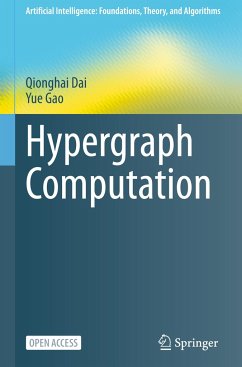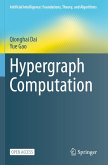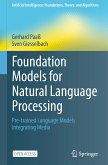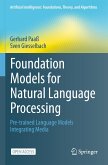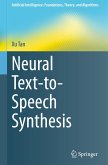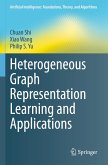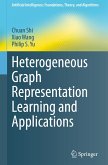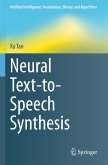This open access book discusses the theory and methods of hypergraph computation.
Many underlying relationships among data can be represented using graphs, for example in the areas including computer vision, molecular chemistry, molecular biology, etc. In the last decade, methods like graph-based learning and neural network methods have been developed to process such data, they are particularly suitable for handling relational learning tasks. In many real-world problems, however, relationships among the objects of our interest are more complexthan pair-wise. Naively squeezing the complex relationships into pairwise ones will inevitably lead to loss of information which can be expected valuable for learning tasks.
Hypergraph, as a generation of graph, has shown superior performance on modelling complex correlations compared with graph. Recent years have witnessed a great popularity of researches on hypergraph-related AI methods, which have been used in computer vision, social media analysis, etc. We summarize these attempts as a new computing paradigm, called hypergraph computation, which is to formulate thehigh-order correlations underneath the data using hypergraph, and then conduct semantic computing on the hypergraph for different applications. The content of this book consists of hypergraph computation paradigms, hypergraph modelling, hypergraph structure evolution, hypergraph neural networks, and applications of hypergraph computation in different fields. We further summarize recent achievements and future directions on hypergraph computation in this book.
Many underlying relationships among data can be represented using graphs, for example in the areas including computer vision, molecular chemistry, molecular biology, etc. In the last decade, methods like graph-based learning and neural network methods have been developed to process such data, they are particularly suitable for handling relational learning tasks. In many real-world problems, however, relationships among the objects of our interest are more complexthan pair-wise. Naively squeezing the complex relationships into pairwise ones will inevitably lead to loss of information which can be expected valuable for learning tasks.
Hypergraph, as a generation of graph, has shown superior performance on modelling complex correlations compared with graph. Recent years have witnessed a great popularity of researches on hypergraph-related AI methods, which have been used in computer vision, social media analysis, etc. We summarize these attempts as a new computing paradigm, called hypergraph computation, which is to formulate thehigh-order correlations underneath the data using hypergraph, and then conduct semantic computing on the hypergraph for different applications. The content of this book consists of hypergraph computation paradigms, hypergraph modelling, hypergraph structure evolution, hypergraph neural networks, and applications of hypergraph computation in different fields. We further summarize recent achievements and future directions on hypergraph computation in this book.

